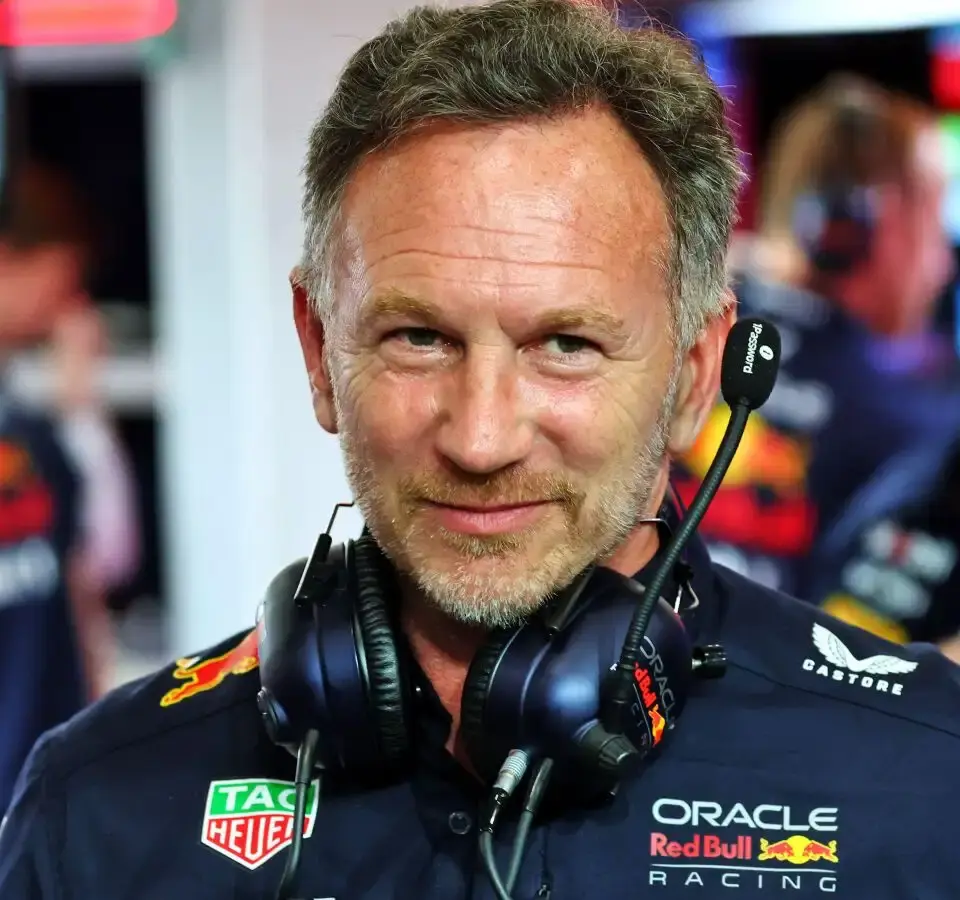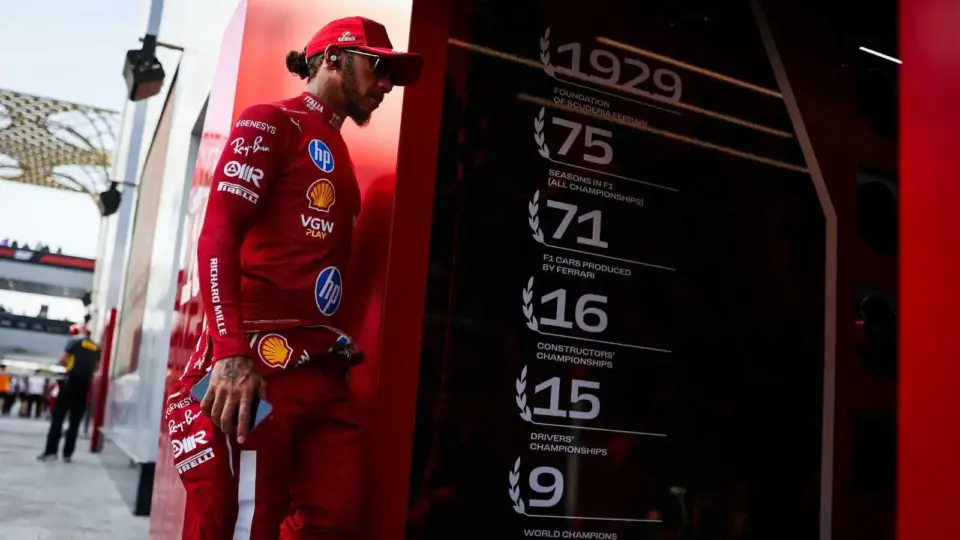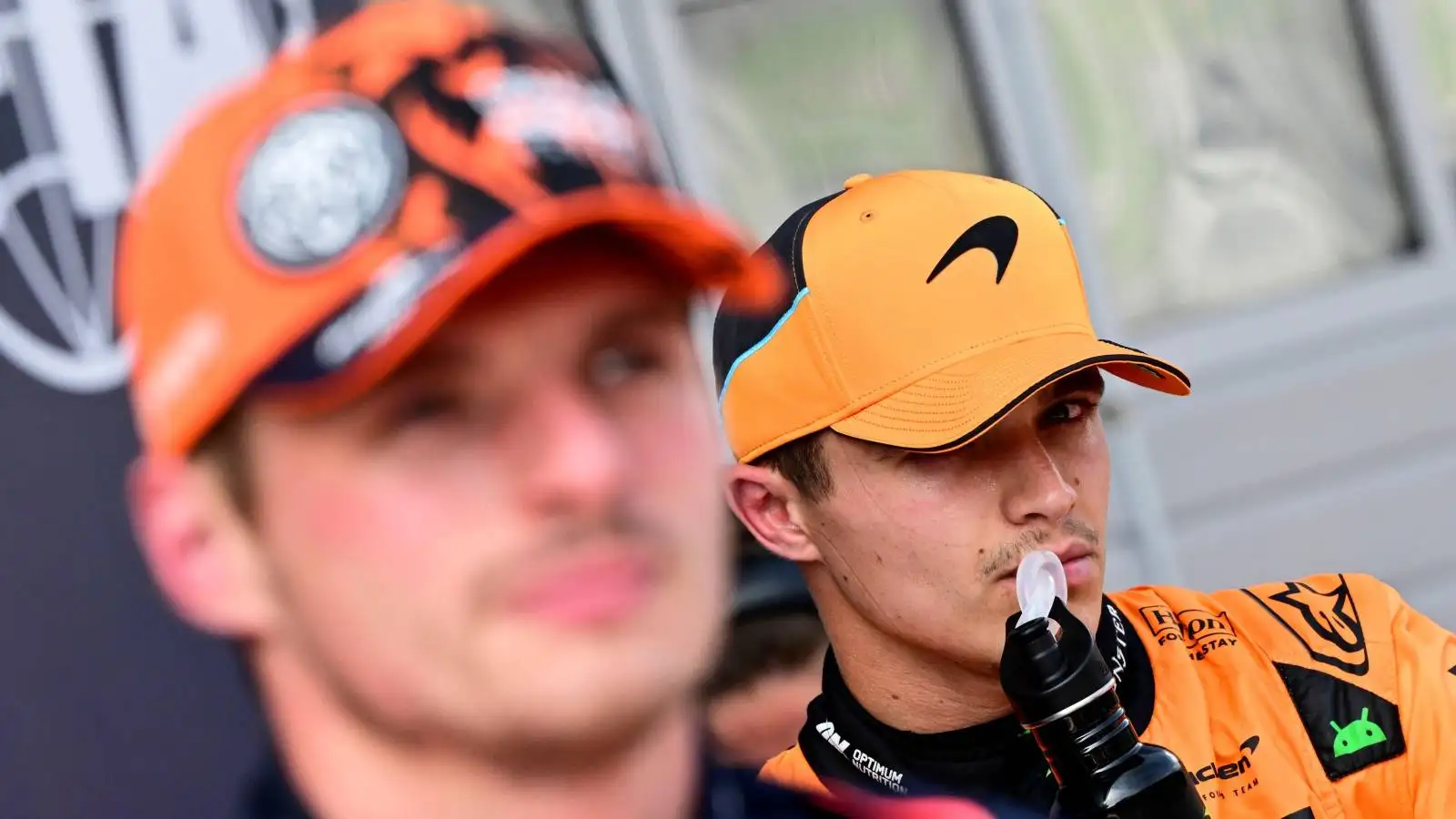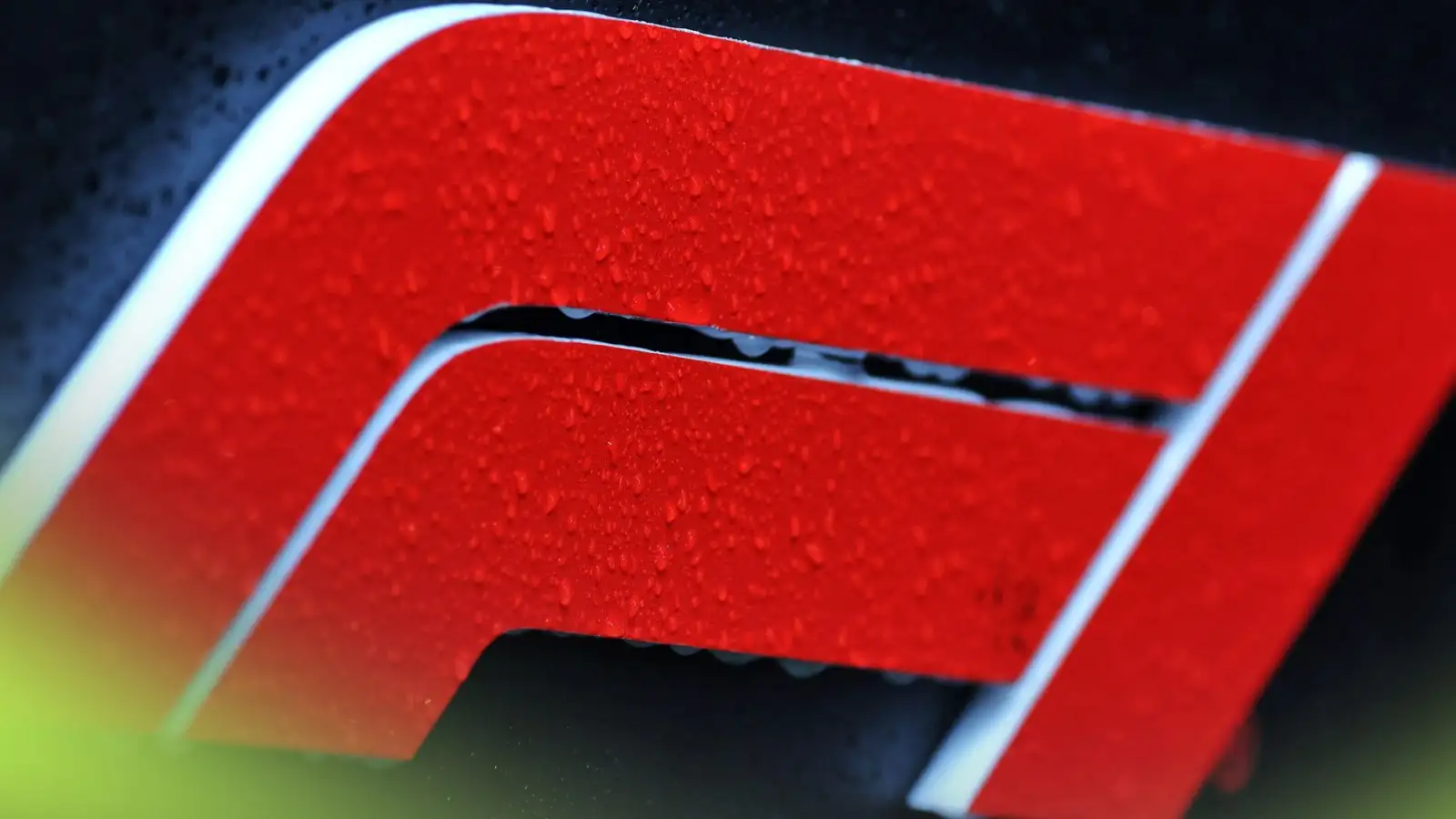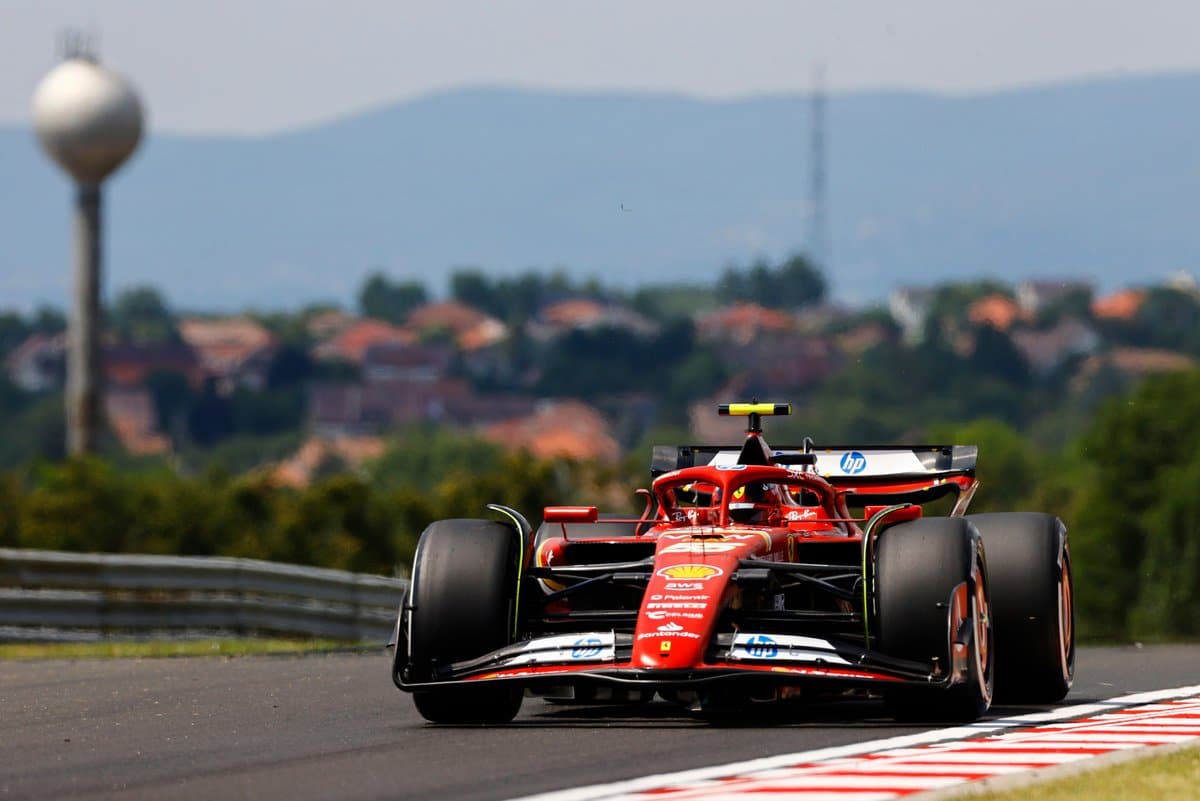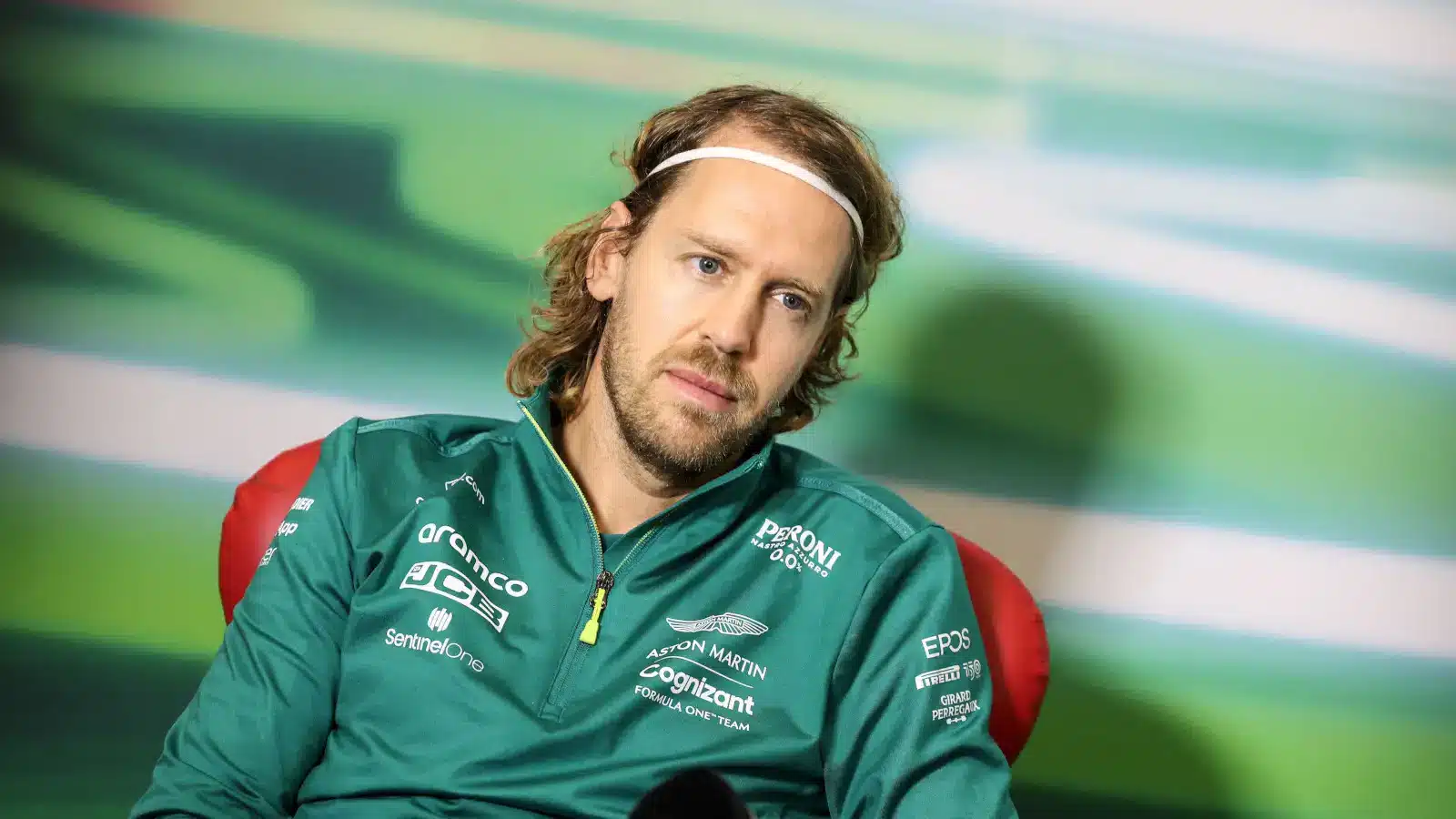Christian Horner opened up about the challenges Red Bull Racing faces with their wind tunnel amidst the current stringent F1 regulations.
- Max Verstappen already claimed a victory in the 2025 F1 season, but McLaren seems to have the upper hand with their car’s strong performance.
- Horner attributes Red Bull’s struggles partly to their outdated wind tunnel, which is affecting the RB21’s on-track balance.
- Despite using the same wind tunnel, VCARB has shown more competitiveness in the one-lap performance than expected.
- Red Bull is investing in a new wind tunnel, highlighting their attempt to address these ongoing aerodynamic challenges.
Christian Horner, the team principal of Red Bull Racing, didn’t hold back on the limitations of their current wind tunnel setup. As the F1 regulations tighten, he remarks that their existing facility isn’t properly replicating on-track conditions, creating a mishmash scenario between what the tools indicate and actual track data. Horner notes that the key challenge is bridging the gap between these discrepancies to improve corner entry stability, which is primarily an aerodynamic issue.
Max Verstappen, a four-time World Champion, secured a victory at Suzuka in the 2025 season. However, it’s McLaren that has hit the ground running with a stronger car, leading to some balance issues needing resolution for Red Bull’s RB21. Horner points out that their wind tunnel is causing these issues by not accurately simulating real-world conditions.
Horner compared Red Bull’s wind tunnel scenario with that of the sister team VCARB, whose performance at the start of the F1 2025 season has been remarkable over single laps despite using the same wind tunnel. However, VCARB’s performance dips in longer runs, which Horner attributes to balance issues—a challenge also shared by Red Bull.
Red Bull is on a mission to combat these limitations by building a new wind tunnel to replace the ageing Cold War-era facility near Bedford. Horner emphasizes that their search for aerodynamic gains and stability is being hindered by the scatter in wind tunnel data, which is now an outdated method. Despite these hurdles, he expresses confidence in their engineering team to eventually resolve the problems.
Even though Red Bull and VCARB share numerous components, including the wind tunnel and drivetrains, VCARB still faces competitiveness limbo, not clinching pole positions. Horner’s response to this: “They’re not on pole position, are they?” underscores the universal struggle being faced by teams using similar technologies. It remains critical for Red Bull to optimize their tools efficiently to reclaim supreme confidence on the track.
Red Bull’s commitment to developing a new wind tunnel underscores their dedication to overcoming current aerodynamic challenges and restoring their competitive edge.
